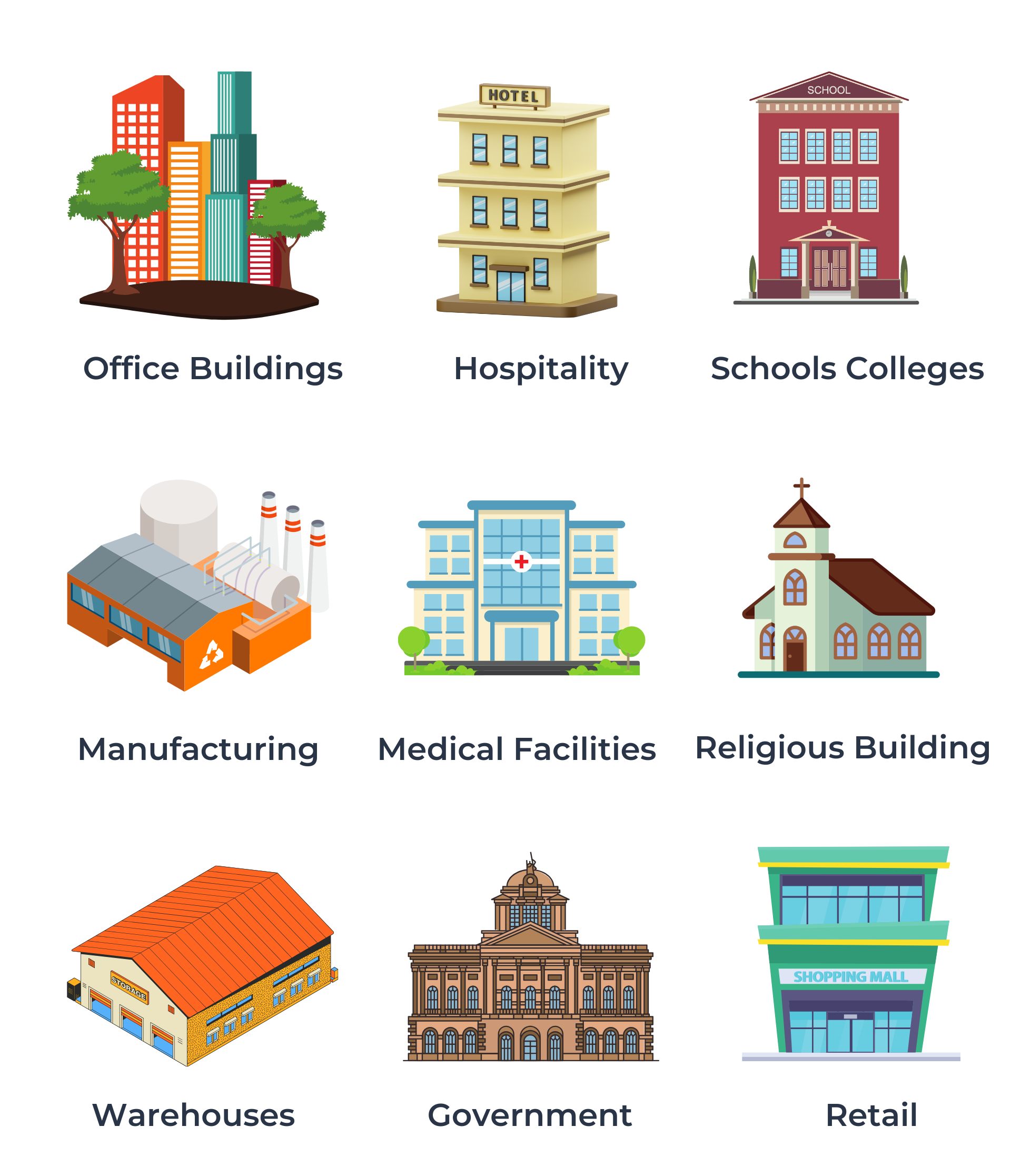Architecture
In brief
The R&D Tax Credit offers a direct reduction to companies’ prior, current, and future federal and state income tax liabilities.
Specifically, the R&D Tax Credit aims to reward a wide variety of American businesses that engage in qualified research activities per IRS criteria.
What is the §179D Deduction for A&E ?
EPSA USA helps Architects, Engineers, and subcontractors benefit from the §179D Deduction, also known as the Commercial Buildings Energy-Efficiency Tax Deduction. This incentive is designed for professionals implementing energy-efficient upgrades in U.S. buildings, including tax-exempt and private-sector properties.
Under §179D, companies can receive substantial financial rewards for surpassing current energy standards. For qualified improvements made in 2023 and beyond, the deduction allows for up to $5.00 per square foot, a significant increase from the previous $1.88 per square foot for projects completed before 2022, thanks to the Inflation Reduction Act.

Qualification Requirements
Eligible improvement
Architecture and engineering firms are typically responsible for designing and fitting a buildings technical specifications.
Technical specifications can be seen as:
- Building envelope
- Lighting Systems
- Heating, ventilation, and air conditioning (HVAC) systems
How much is the deduction ?
- 2022 and Prior
Up to $1.88 per sq ft - 2023 and Forward
Up to $5.00 per sq ft

What is the R&D for A&E?
The Federal R&D Tax Credit
EPSA USA assists Architects, Engineers, and related professionals in taking full advantage of the Federal Research and Development (R&D) Tax Credit, also known as the Credit for Increasing Research Activities. Established in 1981 and made permanent by the Protecting Americans from Tax Hikes (PATH) Act in 2015, this credit incentivizes U.S. businesses to innovate and improve processes, products, and technologies. It’s applicable across nearly all industries, far beyond just those in lab coats developing patents.
To claim the R&D Tax Credit, companies must analyze current year expenses and, if available, review expenses from the three prior years. The credit can be claimed for the current year and retroactively for any open tax years. Additionally, unused credits can be carried back one year or carried forward up to 20 years.
State R&D Tax Credits
Many states have also implemented their own R&D Tax Credits, following the federal example. These state-level credits can be claimed in addition to, or independently from, the Federal R&D Tax Credit. Qualification and calculation methods vary by state.


Eligible expenses of the R&D tax credit
Wages paid or incurred to an employee for qualified services. Qualified services include activities of individuals directly engaged in R&D, as well as activities of individuals directly supporting or directly supervising R&D.
Supplies used in the conduct of qualified research for tangible property other than land or improvements to land and property subject to the allowance of depreciation.
Rental or Lease of Computers/Cloud hosting expenses tied to qualified research activities.
Contract research expenses paid or incurred by a taxpayer to any person (other than an employee) for qualified research.
New or improved business component includes a product, process, formula, software, invention, or technique. A design is considered a product for R&D credit purposes.
There must be an uncertainty to eliminate, including an appropriate design, methodology, or capability. This translates to evaluating whether a company was uncertain as to any of the following: can we do it?, how are we going to do it?,” or “what is the appropriate design for what we’re we are trying to do?”
The uncertainty must be eliminated through a process of experimentation. This process of experimentation cannot be merely plug and play – there must be a systematic trial and error process used to overcome the uncertainty.
The process of experimentation must be technological in nature, including the principals of physical or biological sciences, engineering, or computer science. Social sciences, including arts or humanities, are specifically excluded.
Eligible architecture job roles
Including, but not limited to:
-
Architect / Designer
-
Project Manager
-
Associate / Partner
-
Principal
-
Senior Architect
-
Project Architect
Why choose EPSA USA?
EPSA USA helps companies of all sizes take full advantage of the Research & Development Tax Credit. EPSA’s technical experts follow strict IRS guidelines and identify qualified research expenditures that dictate eligibility.
We work hand-in-hand with our clients to offer tailored solutions to maximize your R&D Tax Credits. Our streamlined process is efficient, fast and guaranteed to optimize your tax benefits.
With 30 offices in 15 countries and over 300 experts in various domains, EPSA possesses precise technical and scientific knowledge spanning all types of industries.

Our Services
Discover our EPSA USA expertise!
Contact